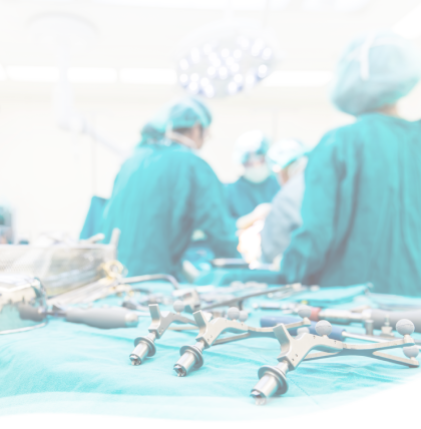Understanding Robotic Assisted Knee Replacement
Robotic assisted knee replacement is an advanced surgical technique that utilizes robotic systems to assist orthopedic surgeons during the procedure. This technology enables the surgeon to plan and perform the surgery with exceptional accuracy, enhancing the implant placement and alignment within the knee joint. This means less pain, faster recovery, and a more natural feeling in the knee. The procedure is tailored to your unique anatomy, providing a custom fit that enhances your overall comfort and mobility.
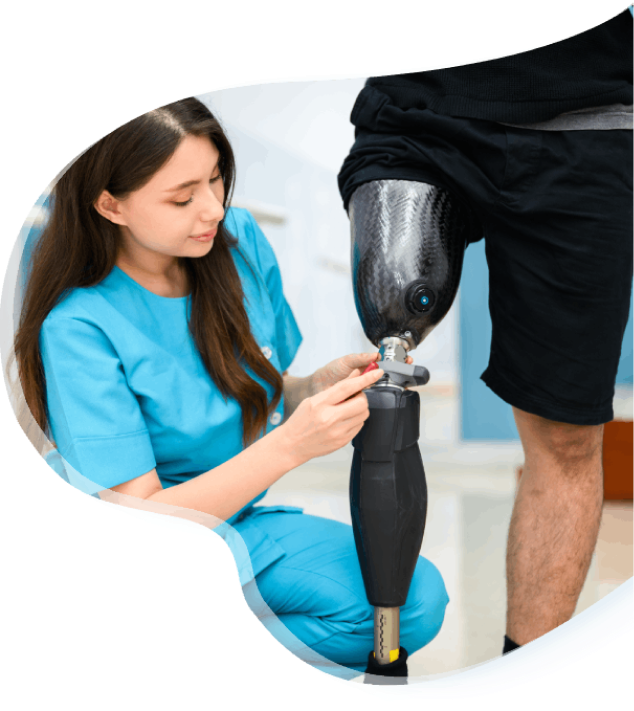
Advantages of Robotic Assisted Knee Replacement
- Enhanced Precision in Certain Cases: Robotic assistance allows for precise planning and execution of the surgery, optimizing the alignment and positioning of the artificial knee components.
- Customized Approach: The technology helps tailor the surgery to each patient's unique anatomy, prior hardware, or trauma, providing a customized surgical plan for optimal results.
- Minimized Trauma: Robotic systems aid in minimal bone resection, preserving healthy tissue and minimizing trauma to surrounding structures.
- Improved Implant Longevity: Accurate placement of implants is thought to lead to reduced wear and tear, potentially increasing the lifespan of the artificial knee joint.
- Faster Recovery: Patients often experience a faster recovery due to the precise and minimally invasive nature of the procedure.
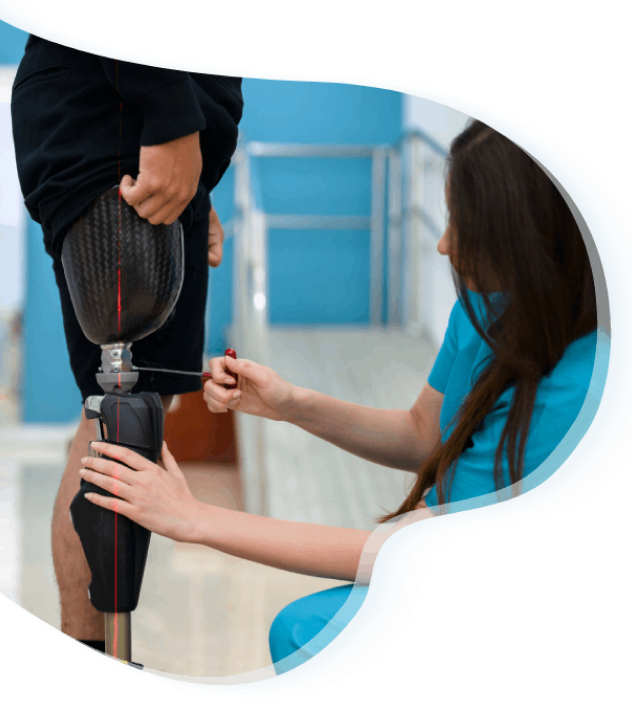
How Robotic Assisted Knee Replacement Works
Preoperative Planning
Before the surgery, a CT scan or MRI is taken to create a 3D model of the knee joint. This model assists the surgeon in planning the optimal implant size, alignment, and positioning.
Virtual Simulation
The surgical team uses a specialized software to simulate the surgery virtually, determining the best approach and implant placement based on the patient's unique anatomy.
Intraoperative Assistance
During the surgery, the robotic system guides the surgeon based on the preoperative plan, providing real-time feedback to ensure precise bone resection and accurate implant placement.
Surgeon's Expertise
The surgeon remains in control throughout the procedure, with the robotic system acting as a guide, enhancing their surgical skills and decision-making
Recovery and Rehabilitation
- Immediate Post-op: Patients are closely monitored in the recovery area, and pain management techniques are utilized to ensure comfort.
- Hospital Stay: The hospital stay is typically a few days, depending on the individual's progress and the surgeon's recommendations.
- Physical Therapy: Physical therapy begins soon after surgery to improve strength, flexibility, and mobility of the knee. This is crucial for a successful recovery.
- Follow-up Care: Regular follow-up appointments with the surgeon are essential to monitor progress, address concerns, and adjust the rehabilitation plan as needed.
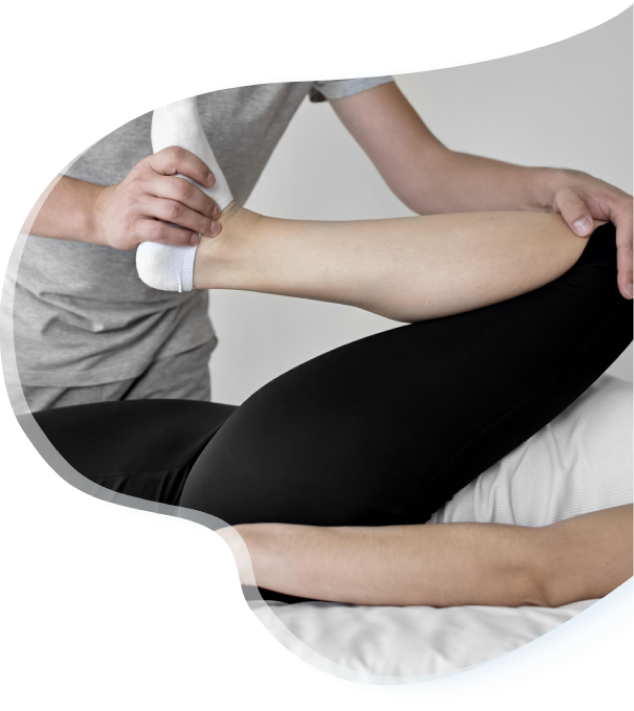
Is Robotic Assisted Knee
Replacement Right for You?
The decision to undergo robotic-assisted knee replacement is a significant one that should be made in consultation with your orthopedic surgeon. Factors such as your knee condition, overall health, insurance coverage, and suitability for this technology will be considered to determine if this technique is the best fit for you.
If you're suffering from knee pain and seeking a precise and technologically advanced solution, consult with a qualified orthopedic surgeon to explore your options and decide on the most appropriate treatment plan.
Robotic-assisted knee replacement offers significant advantages over traditional knee replacement surgery, including enhanced precision, a customized approach, minimized trauma, improved implant longevity, and faster recovery. Talk to your healthcare provider to determine the best approach for your unique situation.

Robotic Assisted Partial Knee Replacement
Understanding Robotic Assisted Partial Knee Replacement
Robotic-assisted partial knee replacement, also known as unicompartmental knee replacement, involves replacing only the damaged or diseased part of the knee joint with the assistance of robotic technology. This cutting-edge approach allows for precise implant placement and alignment, minimizing trauma to surrounding healthy tissues.
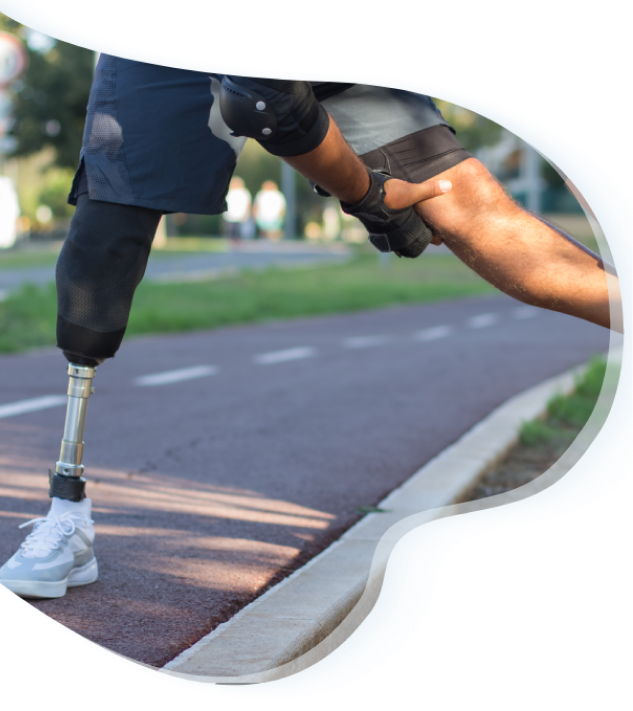
Advantages of Robotic Assisted Partial Knee Replacement
- Precision and Accuracy: Robotic guidance enhances surgical precision, ensuring accurate implant positioning and alignment within the affected knee compartment.
- Preservation of Healthy Tissue: This technique preserves healthy tissue in the knee, leading to a more natural feel and function of the joint.
- Minimized Trauma: Robotic systems aid in minimal bone resection, reducing trauma to surrounding ligaments, tendons, and muscles.
- Faster Recovery: Patients often experience a faster recovery due to the minimally invasive nature of the procedure and the precision provided by robotic technology.
- Customized Approach: Robotic assistance allows for a tailored surgical plan, optimizing the procedure based on the patient's unique anatomy and specific knee condition.
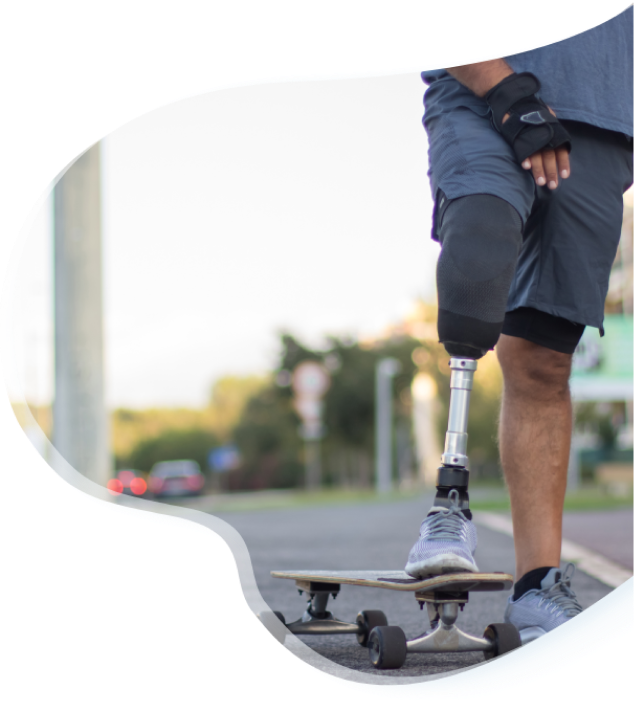
How Robotic Assisted Partial Knee Replacement Works
Preoperative Planning
Before the surgery, a CT scan or MRI is performed to create a 3D model of the knee joint. The surgeon utilizes this model to plan the surgery and determine the best approach and implant placement
Virtual Simulation
The surgeon uses specialized software to virtually simulate the surgery, allowing for precise planning of bone resection and implant placement.
Intraoperative Guidance
During the surgery, the robotic system provides real-time feedback to the surgeon, assisting in executing the preoperative plan accurately.
Surgeon's Expertise
The surgeon remains in control throughout the procedure, with the robotic system acting as a valuable tool to enhance precision and accuracy.
Recovery and Rehabilitation
- Immediate Post-op: Patients are closely monitored in the recovery area, and pain management techniques are used to ensure comfort.
- Hospital Stay: The hospital stay is typically a few days, depending on individual progress and the surgeon's recommendations.
- Physical Therapy: Physical therapy begins shortly after surgery to improve strength, flexibility, and mobility of the knee. Rehabilitation is crucial for a successful recovery.
- Follow-up Care: Regular follow-up appointments with the surgeon are essential to monitor progress, address concerns, and tailor the rehabilitation plan.
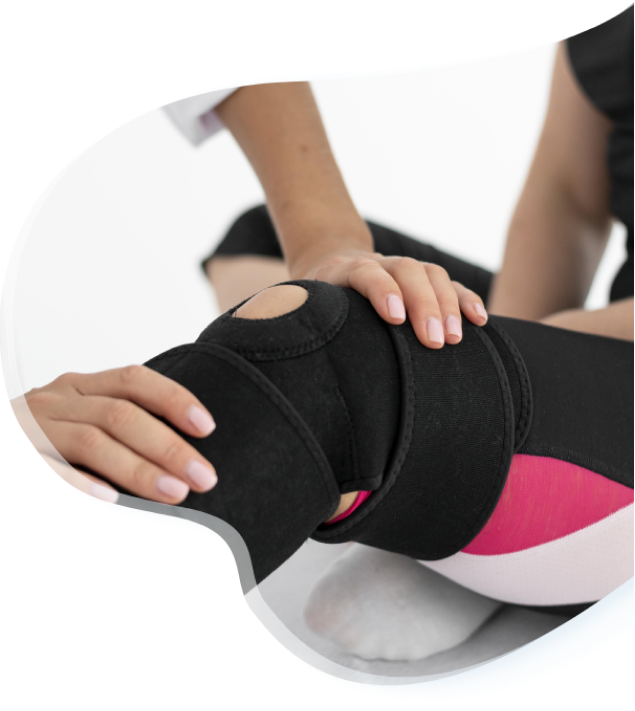
Is Robotic Assisted Partial Knee
Replacement Right for You?
The decision to undergo robotic assisted partial knee replacement should be made after a thorough consultation with your orthopedic surgeon. Factors such as the extent and location of knee damage, overall health, and suitability for this technology will be considered to determine if this technique is the most appropriate for you.
If you're suffering from knee pain and seeking a precise and technologically advanced solution, consult with a qualified orthopedic surgeon to explore your options and decide on the most appropriate treatment plan.
Robotic assisted partial knee replacement offers significant advantages over traditional knee replacement surgery, including enhanced precision, preservation of healthy tissue, minimized trauma, faster recovery, and a customized approach. Talk to your healthcare provider to determine the best approach for your unique situation.
Contact Us Now
Business Hours
- Monday: 9:00 AM – 6:00 PM
- Tuesday: 9:00 AM – 6:00 PM
- Wednesday: 9:00 AM – 6:00 PM
- Thursday: 9:00 AM – 6:00 PM
- Friday: 9:00 AM – 6:00 PM
- Saturday: Open Selected Saturdays
- Sunday: Closed


